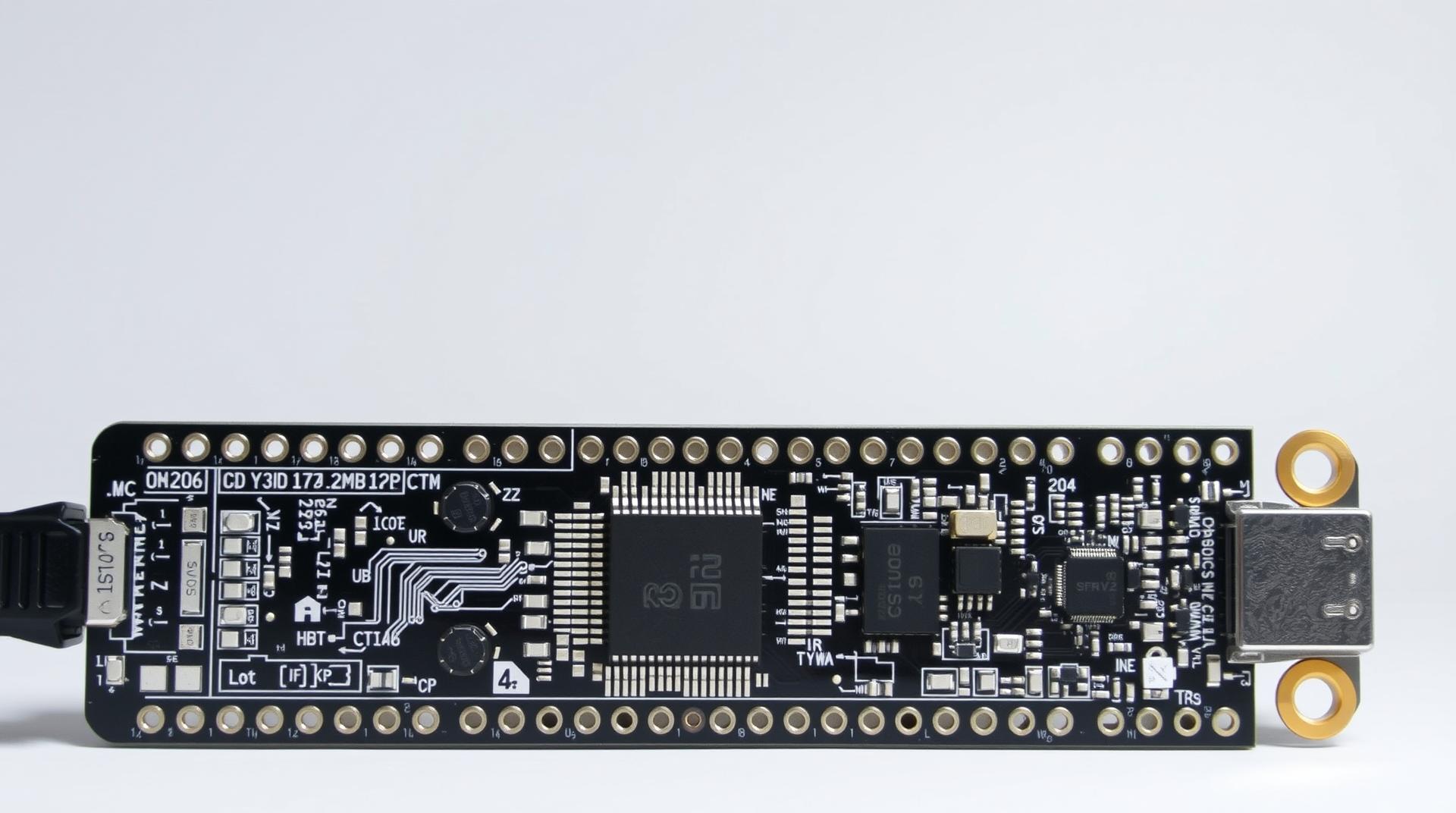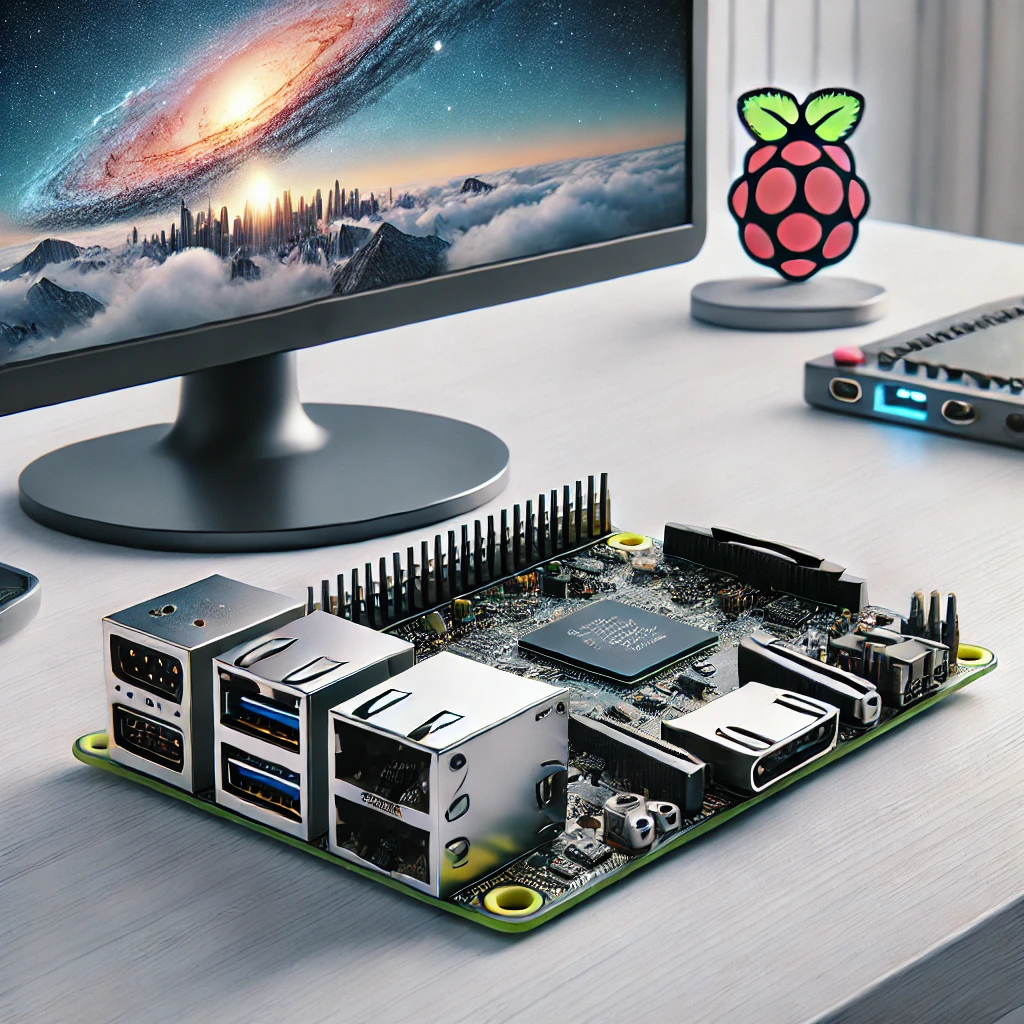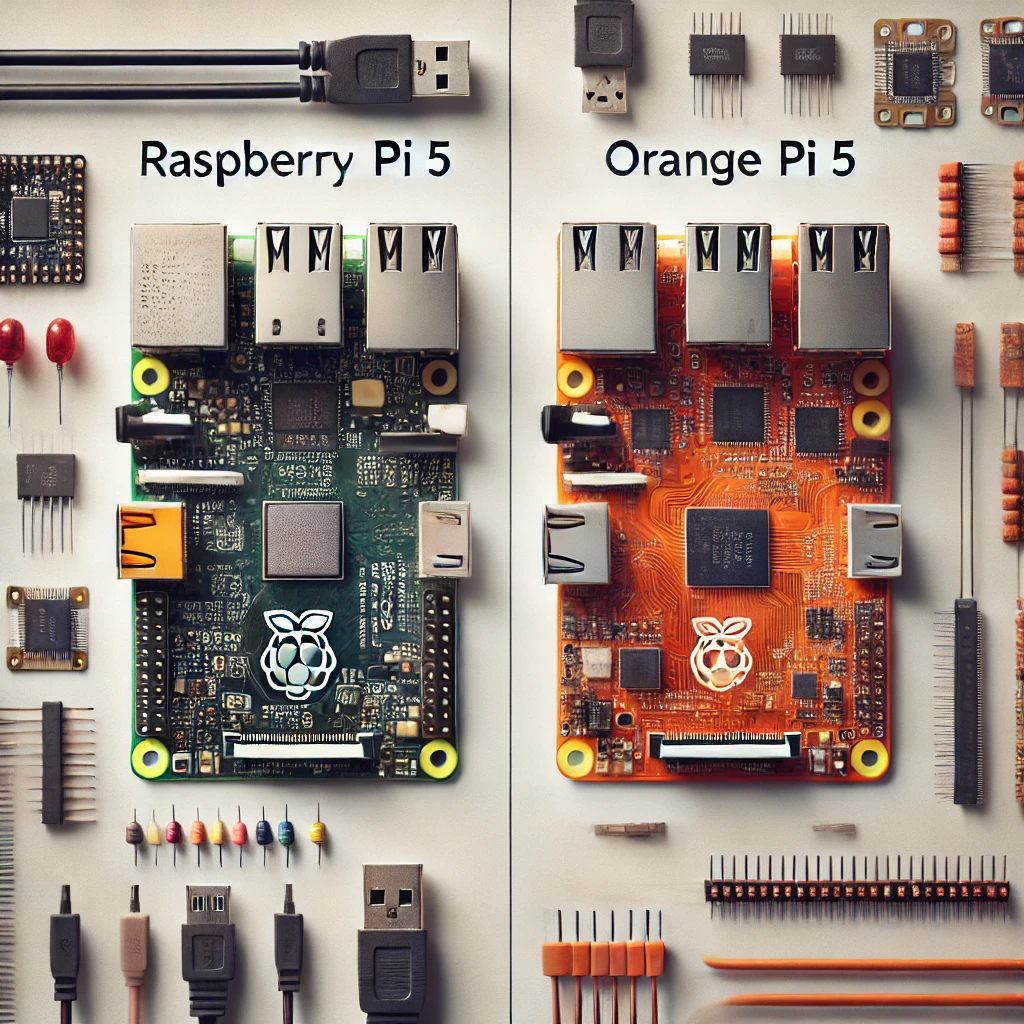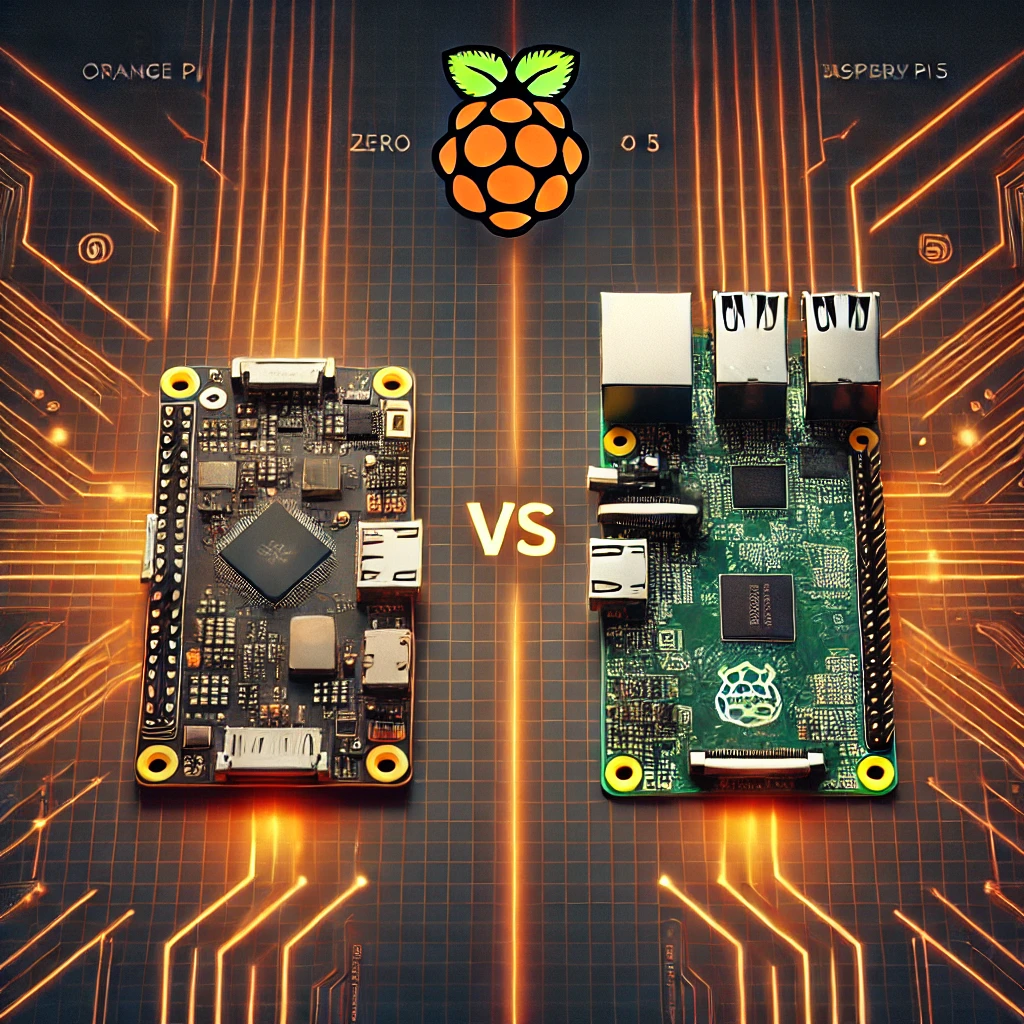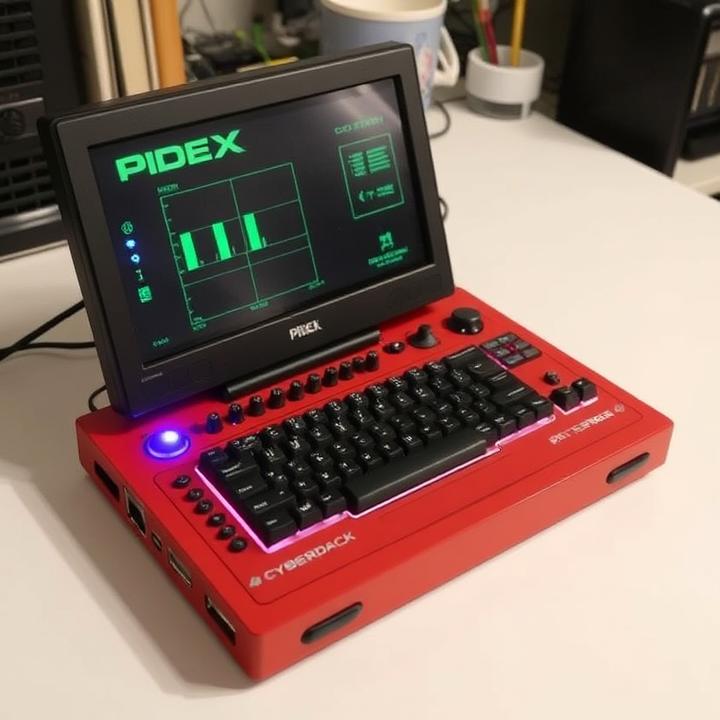Explore the key features of the ESP32-H4, featuring Bluetooth 5.4 and 802.15.4 support, and discover its applications in IoT, home automation, and more.
The Power of ESP32-H4 in IoT
The ESP32-H4 from Espressif is one of the latest additions to the popular ESP32 family, bringing notable advancements in wireless connectivity and energy efficiency. With Bluetooth 5.4 and 802.15.4 support, this chip is designed to excel in low-power and high-performance IoT (Internet of Things) applications. These features make the ESP32-H4 an ideal solution for applications such as smart home automation, industrial monitoring, and wearable devices. Let’s dive into the key features and explore how this chip is shaping the future of IoT technology.
Key Features of the ESP32-H4
The ESP32-H4 comes packed with several powerful features, including advanced wireless communication protocols, low-power capabilities, and robust security measures.
Bluetooth 5.4: Enhanced Wireless Communication
One of the standout features of the ESP32-H4 is its support for Bluetooth 5.4, which brings several improvements over previous versions:
- Increased Range and Speed: Bluetooth 5.4 provides a longer range and higher data transmission speed than Bluetooth 5.0, making it suitable for larger IoT ecosystems where devices need to communicate over greater distances.
- Improved Energy Efficiency: Bluetooth 5.4 has been optimized for low-energy communication, significantly reducing power consumption, which is critical for battery-operated devices like wearables and sensors.
- Enhanced Broadcast Capabilities: Bluetooth 5.4 supports LE Audio and better broadcasting capabilities, allowing multiple devices to be connected simultaneously without a significant drop in performance. This makes it ideal for smart home applications where multiple devices need to communicate with one central hub.
802.15.4 Support: A Gateway to Zigbee and Thread
The inclusion of 802.15.4 support in the ESP32-H4 is a significant advantage, enabling the chip to work with Zigbee and Thread protocols. These protocols are particularly useful for creating mesh networks, which allow devices to communicate with each other directly, instead of relying on a central hub.
- Zigbee: This protocol is widely used in smart home devices like lighting systems, thermostats, and security sensors. It offers reliable communication with low power consumption, making it a perfect fit for IoT projects.
- Thread: Thread is a modern mesh networking protocol designed specifically for IoT applications. It offers secure, scalable communication with low latency, making it ideal for large-scale IoT deployments, such as industrial monitoring systems or building automation.
Low Power Consumption: Designed for Long-Term Use
Power efficiency is crucial for IoT devices that rely on battery power, and the ESP32-H4 delivers in this area. The chip is designed with several power-saving modes, including Deep Sleep and Light Sleep, allowing devices to conserve energy when they are not actively transmitting data.
- Bluetooth 5.4 Low-Energy Mode: The ESP32-H4’s Bluetooth 5.4 supports low-energy operation, reducing power consumption during data transmission.
- 802.15.4 Low Power Operation: Both Zigbee and Thread protocols are known for their energy efficiency, allowing devices to remain in operation for extended periods without requiring frequent battery replacements.
These features make the ESP32-H4 ideal for applications where energy efficiency is critical, such as battery-powered sensors in remote locations or wearable health monitoring devices.
Integrated Security Features
In IoT applications, security is a top priority. The ESP32-H4 includes a robust set of security features to protect data transmission and prevent unauthorized access:
- Hardware Encryption: The chip includes hardware-accelerated encryption, which ensures that all wireless communication, whether through Bluetooth or 802.15.4, is secure and protected against attacks.
- Secure Boot and Flash Encryption: The ESP32-H4 supports secure boot and flash encryption, protecting the integrity of the firmware and preventing unauthorized modifications.
These security measures make the ESP32-H4 an excellent choice for industrial and commercial IoT applications that require robust data protection.
Key Applications of the ESP32-H4
With its advanced features, the ESP32-H4 is well-suited for a variety of applications, particularly in the IoT space. Let’s explore some of its key use cases:
1. Smart Home Automation
The ESP32-H4’s support for Bluetooth 5.4 and 802.15.4 (Zigbee and Thread) makes it ideal for smart home automation systems. It can act as a hub or endpoint for devices such as smart lights, door locks, thermostats, and security cameras. The low power consumption and enhanced wireless range of Bluetooth 5.4 allow devices to communicate more efficiently, while Zigbee and Thread provide a reliable and scalable network for home automation systems.
For example, in a smart home system, an ESP32-H4 chip could control multiple Zigbee-enabled devices, such as lights and sensors, while simultaneously acting as a Bluetooth hub for wearables or speakers.
2. Industrial IoT and Automation
Industrial environments often require robust and scalable communication networks, and the ESP32-H4’s support for Thread and Zigbee makes it a strong candidate for industrial IoT (IIoT) applications. The ability to create mesh networks using Thread allows for real-time data collection and monitoring across large areas, such as factory floors or warehouses.
In industrial settings, the ESP32-H4 can be used to monitor equipment status, control automation systems, and optimize energy usage through real-time data analytics. The low power consumption ensures that sensors and monitoring devices can operate for long periods without frequent battery replacements.
3. Wearable Devices and Health Monitoring
Thanks to its Bluetooth 5.4 low-energy mode, the ESP32-H4 is well-suited for wearable devices, such as fitness trackers, smartwatches, and health monitoring systems. The chip’s improved energy efficiency ensures that devices can track and transmit health data, such as heart rate or activity levels, without draining the battery quickly.
Wearables often require seamless communication with smartphones or other central devices, and the ESP32-H4’s extended Bluetooth range and multi-device connectivity make it an excellent choice for these applications.
4. Building and Infrastructure Monitoring
In building automation systems, the ESP32-H4 can be used to manage HVAC systems, lighting, security, and energy consumption. The Thread and Zigbee protocols are perfect for large buildings or multi-unit residences, where a mesh network allows devices to communicate efficiently across wide areas.
For instance, sensors connected via Zigbee can monitor temperature, air quality, or occupancy, sending data to a central controller for real-time adjustments, improving energy efficiency and reducing operational costs.
The ESP32-H4’s Versatility and Power Efficiency
The ESP32-H4 is a powerful and versatile chip, combining Bluetooth 5.4 and 802.15.4 (Zigbee/Thread) into a single platform. With enhanced wireless capabilities, low power consumption, and robust security features, it is well-suited for various IoT applications, from smart home automation to industrial monitoring and wearable devices.
As IoT technology continues to evolve, the ESP32-H4 is poised to play a critical role in the next generation of connected devices, offering the perfect balance between performance, power efficiency, and flexibility.

